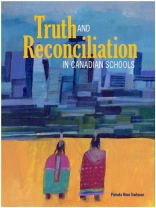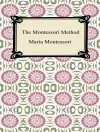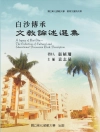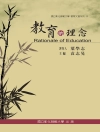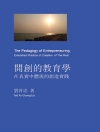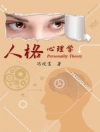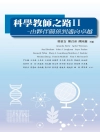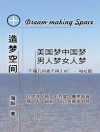In this book, author Pamela Rose Toulouse provides current information, personal insights, authentic resources, interactive strategies and lesson plans that support Indigenous and non-Indigenous learners in the classroom. This book is for all teachers that are looking for ways to respectfully infuse residential school history, treaty education, Indigenous contributions, First Nations/Métis/Inuit perspectives and sacred circle teachings into their subjects and courses. The author presents a culturally relevant and holistic approach that facilitates relationship building and promotes ways to engage in reconciliation activities.
Inhoudsopgave
- Contents
- Acknowledgments vii
- Preface ix
- Introduction xi
- Introduction to Part 1: Program Foundations 3
- Chapter 1 Residential Schools Legacy 5
- Introduction 5
- Education in Traditional Indigenous Societies 7
- A History of Residential Schools in Photographs 9
- Why Literacy Is an Ideal Approach to Teaching About Residential Schools 12
- Reconciliation Activities 15
- Conclusion 16
- Introduction 17
- Traditional Values vs Technological Values 20
- The Indian Act of 1876 21
- What I Know About First Nations 22
- What I Know About the Inuit 24
- What I Know About the Métis 25
- Why The Arts Are an Ideal Approach to Teaching About the Indigenous Peoples of Canada 27
- Conclusion 29
- Introduction 30
- Differing Views on Treaties 32
- Summary of Select Treaties and Relevant Acts 32
- Wampum Belts, Sacred Scrolls, Artifacts, and Oral History 39
- Wampum Belts 39
- Sacred Scrolls 40
- Petroglyphs and Pictographs 41
- Why Social Studies, History, Geography, and Canadian and World Studies Are an Ideal Approach to Teaching About Treaties 42
- Conclusion 44
- Introduction 45
- Turtle Island and Indigenous Traditional Lands 46
- Specific Contributions of First Nation, Inuit, and Métis Peoples 48
- First Nations 48
- Inuit 50
- Métis 51
- Anishinaabek, Mushkegowuk, and Haudenosaunee Contributions 52
- Why Science Is an Ideal Approach to Teaching About Indigenous Contributions 54
- Conclusion 57
- Introduction 58
- The Teachings of the Sacred Circle59
- Teachings from the East 60
- Teachings from the South 61
- Teachings from the West 62
- Teachings from the North 63
- Seven Living Teachings 64
- Why Health and Physical Education Is an Ideal Approach to Teaching About the Sacred Circle 67
- Conclusion 70
- Introduction to Part 2: Lesson Format and Scope/Sequence 73
- Scope/Sequence of Lessons 74
- Kindergarten – Mother Earth 75
- Grade 1 – First Nations 80
- Grade 2 – Métis 85
- Grade 3 – Inuit 90
- Grade 4 – Contributions 95
- Grade 5 – Treaties 101
- Grade 6 – Residential Schools 107
- Grade 7 – Blanket Exercise 112
- Grade 8 – National Celebrations 117
- Grade 9 – Making a Difference 122
- Grade 10 – Project of Heart 127
- Grade 11 – No More Stolen Sisters 133
- Grade 12 – Moving Beyond Acknowledgments and Apologies 139
- References 144
- Image Credits 147
Over de auteur
Dr. Pamela Rose Toulouse is an Anishinaabe-Kwe and Indigenous Scholar from Sagamok First Nation in Northern Ontario. Dr. Pam (as she is more fondly known) is the author, researcher and developer of over 55 resources in Indigenous Education (e.g. books, chapters, articles, curriculum, webinars, others). She has 28 years of experience across the education continuum from K to 12, post-secondary and administration. Dr. Pam is the recipient of several awards including the: Recipient of the Ontario Undergraduate Student Alliance Teaching Excellence Award (2021); Inspiring Indigenous Women of Northeastern Ontario Award (2019); 3M National Teaching Excellence Fellow Award (2015); Laurentian University Full Time Faculty Teaching Excellence Award (2014) and the Laurentian University Professional Schools Teaching Excellence Award (2013).
